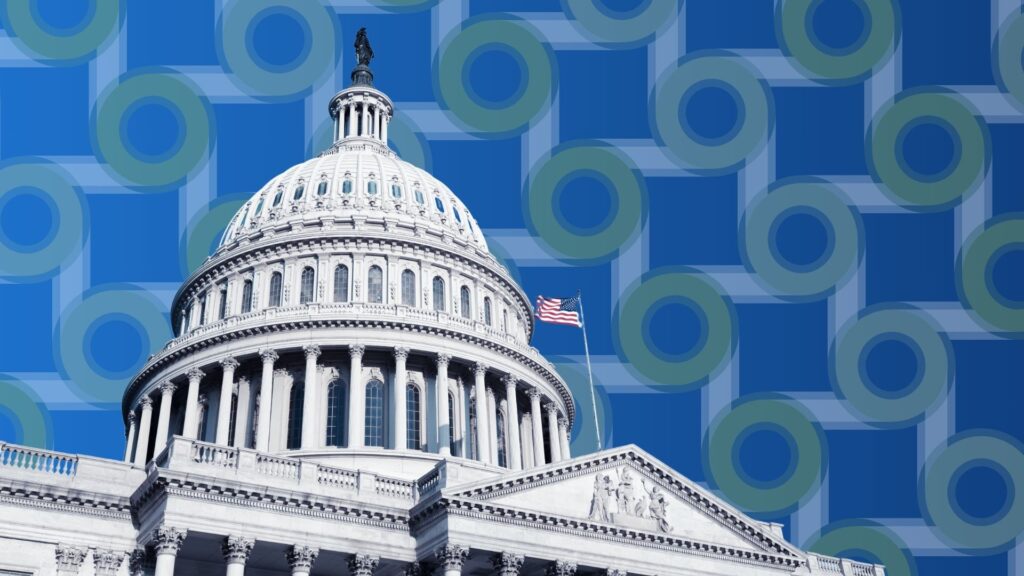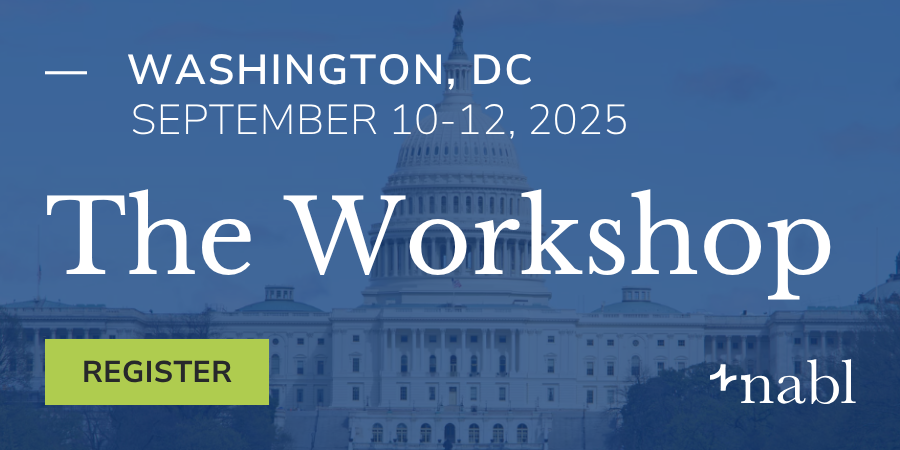- News
Emerging Tax Package in 2024
A potential deal to extend the CTC and fix the tax treatment of R&D expenses may also contain the “LIHTC Fix.”

By: Brian Egan, Director of Government Affairs, NABL
Senate Finance Chair Ron Wyden (D-OR) and House Ways and Means Chair Jason Smith (R-MO) announced this week that they had reached a tentative deal on a $78 billion tax package. The proposal primarily aims to expand the Child Tax Credit (CTC), relax rules on how businesses deduct research and development expenses, and restore several business tax breaks. It also includes major changes to affordable housing tax credits, including the “LIHTC Fix.”
The “LIHTC Fix”
Under current law, the portion of a project receiving the 4 percent Low-Income Housing Tax Credit (LIHTC) must be at least 50 percent financed with qualified private activity bonds (PABs) that are subject to a state’s volume cap. Congress used this requirement as an indirect way of capping the amount of 4 percent LIHTC distributed to each state in a given year. As housing costs have surged nationwide, the LIHTC-PAB link has led states to dedicate increasingly larger shares of their volume cap allotment to qualified residential rental housing bonds (IRC 142(d)), in an effort to maximize LIHTC credit eligibility. The situation limits the amount of 4 percent LIHTC well below market demand and risks crowding out other types of projects eligible for tax-exempt financing through volume-cap-subjected PABs.
The past several Congresses have introduced housing affordability bills containing some reduction to the bond financing requirement― dubbed the “LIHTC Fix.” This current iteration temporarily lowers the 50 percent requirement, with the goal of increasing the amount of LIHTC distributed each year and alleviating the strain on state volume caps. Specifically, it would reduce the requirement to 30 percent for projects financed with bonds with an issue date before January 1, 2026. It includes a transition rule requiring projects that already have bonds issued must have 5 percent or more of the project’s aggregate basis financed by bonds with an issue date in 2024 or 2025. The deal also proposes an increase in the 9 percent LIHTC ceiling to 12.5 percent for calendar years 2023 – 2025.
Prognosis on the Deal
Partisan debates over whether and how to restore pandemic-era CTC expansions, and technical fixes to the tax treatment for R&D expenses have created an impasse that has stalled virtually all tax legislation in the current Congress. This week’s agreement between tax leaders in both parties removes a huge obstacle for a tax package in the 117th Congress, but a few other challenges persist.
Most stakeholders view the January 29 start of the 2024 tax filing season as a deadline for action. While Congress could in theory pass the package after that date, a shared bipartisan desire to spare taxpayers the headaches of amended filings adds pressure to advance any legislation on a fast track. Some members of the House have floated the idea of passing the bill under suspension of the rules― a maneuver that would expedite its movement in the Senate. Others have suggested it pass as a standalone bill― a rare move for tax legislation, which frequently hitches a ride on larger spending bills.
Any scenario would also require an immediate shift in floor priorities. Congressional leadership has a laundry list of other significant items consuming their attention. Speaker Mike Johnson (R-LA) has reiterated that FY2024 spending and border security are the House’s top priorities at the moment. Avoiding a government shutdown remains top of mind for Senate Democrats and the White House as well. A third round of stopgap funding measures currently moving through Congress, however, may buy negotiators several more weeks to tackle full appropriations and therefore divert attention elsewhere.
Finally, this week’s deal stemmed from top-down discussions. It is unclear how other members of Congress, on and off tax committees, feel about the package. Most of the provisions share broad support, but all tax proposals with momentum face a deluge of wish list requests from members of Congress in exchange for their votes. Some members will push to add or subtract their own priorities into the mix. Others may fully reject the deal: conservatives will likely balk at the price tag, while progressives may view a partial expansion of the CTC as not going far enough. Passing any proposal will require support from both parties― especially if advocates aim to pass it under suspension of the rules, which requires a two-thirds majority vote in the House.
Piecing together a large enough coalition of support may prove challenging on such a tight turnaround, but it is not outside of the realm of possibilities. The package may also rapidly evolve in the coming days and weeks to garner enough support. We will continue to keep NABL members informed as details emerge.
Latest News

Public Finance’s Vital Role in Making Housing More Affordable in Our Communities
In today’s economic environment, government subsidies are essential to encourage developers to produce quality housing that is affordable for lower-income families.

Tracking Tax Reform in 2025
Congress is focused on addressing the pending expirations of the Tax Cuts and Jobs Act (TCJA) prior to the end of this calendar year. Here’s where things stand and what…

The Bond Lawyer – Vol. 49 | No. 2
NABL’s Scholarly Journal providing expert commentary and analysis of recent developments in municipal bond law and public finance.
